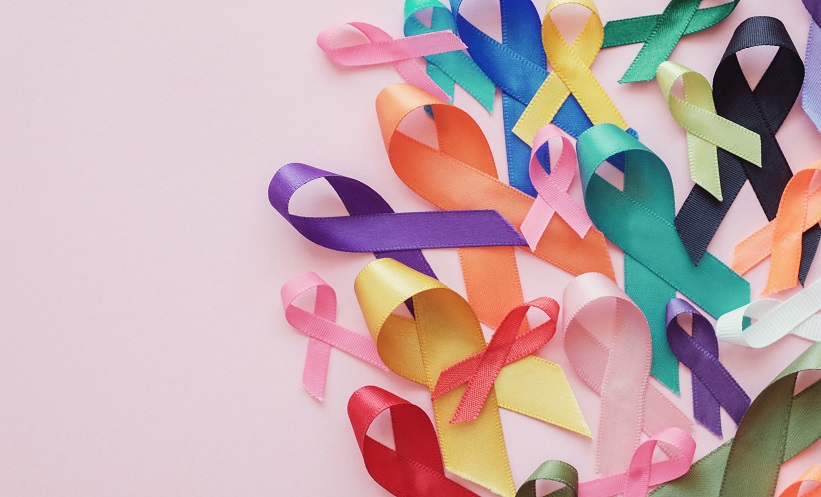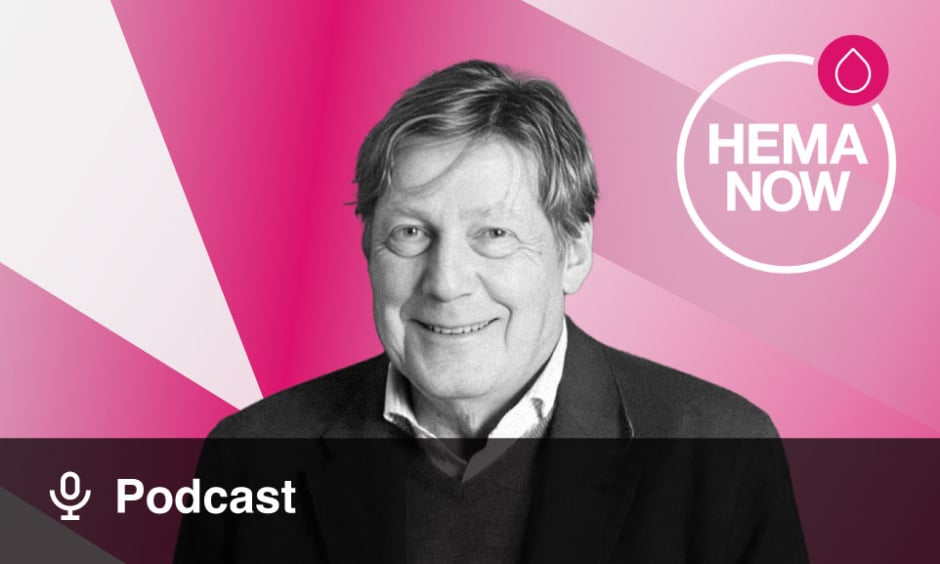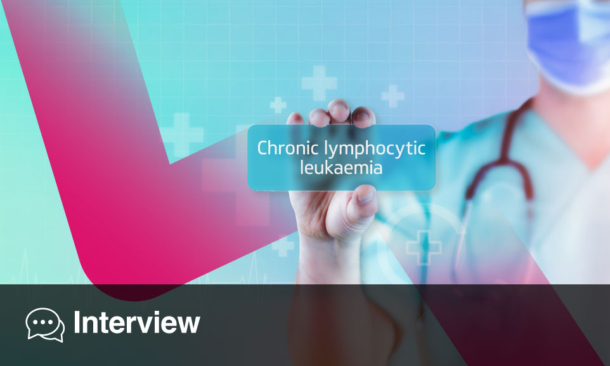A RECENT study from Brazil, presented by Alessandra Loureiro Prezotti at the EAHAD 2025 Annual Congress, highlights the importance of reclassifying haemophilia carriers (HCs) to better address their bleeding tendencies and treatment needs. This poster was awarded third place at the congress.
Traditionally, female carriers of haemophilia have been considered asymptomatic, based on the X-linked inheritance pattern. However, emerging evidence suggests many carriers, even with normal factor VIII/IX (FVIII/IX) levels, exhibit increased bleeding tendencies. The study, conducted at the HEMOES center in Vitória, Brazil, reclassified 81 women with haemophilia A or B using the updated 2021 ISTH classification system, which identifies five clinical HC categories: women/girls with mild, moderate, or severe haemophilia (FVIII/IX >0.05, FVIII/IX 0.01 – 0.05 and FVIII/IX).
Of the 81 women, 34 were reclassified as having mild hemophilia, with factor levels below 40%. 47 women remained as HCs, of which 9 were symptomatic and 36 asymptomatic. Interestingly, 18 (52.9%) of those reclassified as hemophilia patients required haemostatic treatments, including clotting factor replacements, while none of the asymptomatic HCs needed treatment. Meanwhile, all symptomatic HCs (14.1%) required haemostatic treatment.
The new nomenclature for haemophilia carriers addresses the distinct clinical needs of this group, aiming for international standardisation and improved medical care, as 52.9% of women with haemophilia required haemostatic treatment compared to just 14.1% of HCs.
Helena Bradbury, EMJ
Reference
Prezotti AL et al. Abstract PO051. Presented at EAHAD 2025 Annual Meeting; Feb 4-7; Milan, Italy.








